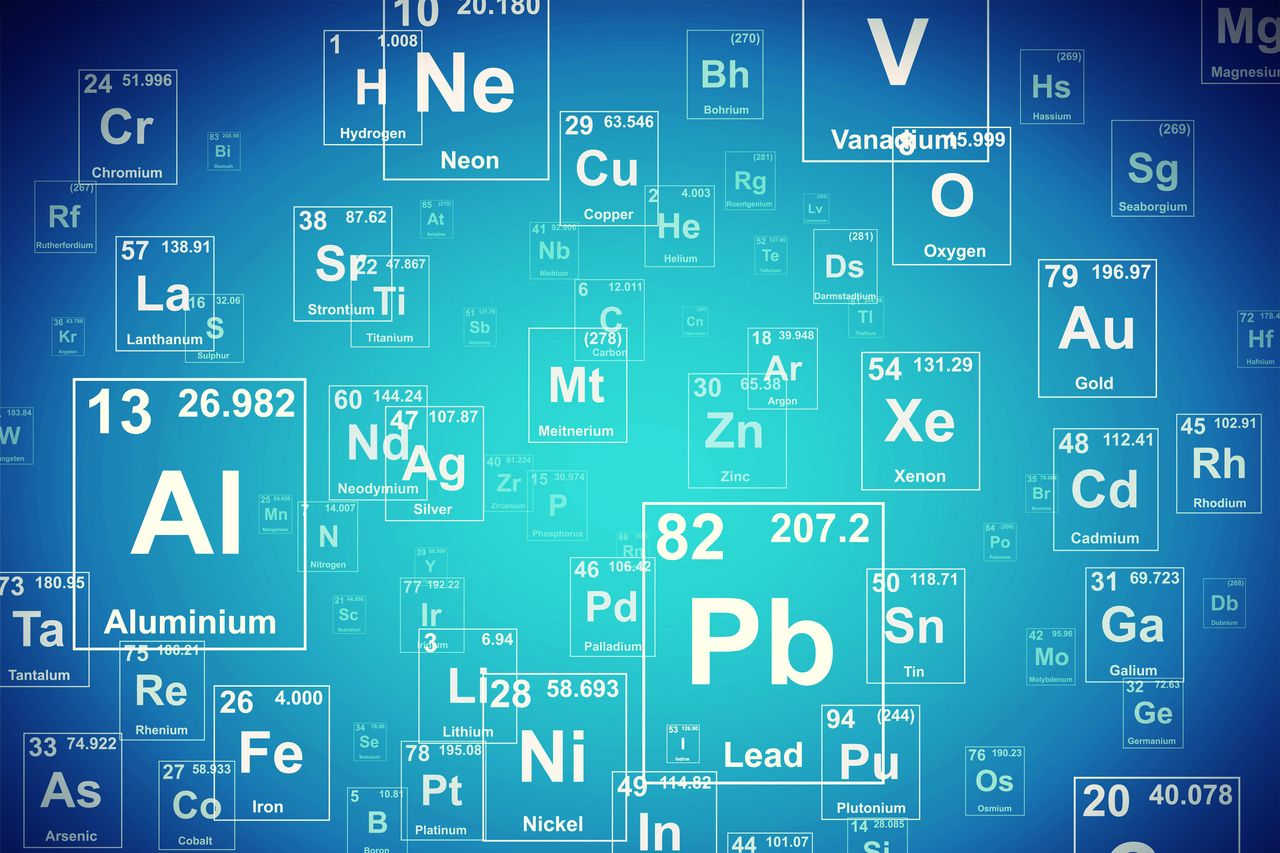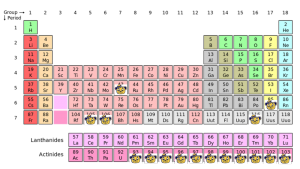Whether you’re a dewy-eyed freshman, or a tenured professor, we all know UC Berkeley has been a world center of scientific innovation and discovery for decades—and we’re DARN proud of it. But in case you need a couple more reasons to take pride in being a Golden Bear, here are a couple noteworthy chemical discoveries by Berkeley VIPs Glenn Seaborg, Albert Ghiorso, and Stanley Thompson.
Lets start with the basics. You can’t get more ‘Berkeley’ than ‘Berkelium’. This synthetic element was named after the wondrous hometown of UC Berkeley in 1949, and was discovered by Seaborg, Thompson and Ghiorso. Although this soft and silvery, radioactive element may not look extraordinary on the outside, Berkelium is just as remarkable as all 27,126 UC Berkeley students. In fact, since 1967 only about a single gram of Berkelium has been produced in the US.
Just one year later in 1950, these same three Berkeley studs (Seaborg, Thompson and Ghiorso), discovered another radioactive element. Since the name ‘Berkelium’ was taken and “University of Californ-ium” doesn’t quite roll of the tongue, ‘Californium’ became the newest member of the actinide elements. This metallic chemical element has been widely used anywhere from being a neutron startup source for nuclear reactors, to the treatment of brain and cervical cancers. To top that, Californium is also one of the highest atomic mass elements to ever have been produced in a weighable amount.
Remember Nobel Prize-winning, superstar-chemist Glenn Seaborg, who I mentioned co-discovered Californium and Berkelium? Well in case you were concerned, Glenn Seaborg finally did get his own namesake element. In 1974, Albert Ghiorso and Kenneth Hulet co-discovered ‘Seaborgium’ in the Berkeley Lawrence Laboratory. Ghiorso and his team achieved this by using oxygen-18 nuclei to bombard Californium-249, the element Ghiorso himself discovered. The naming of this element was fiercely objected to due to the fact that Seaborg was still alive during the discovery. Einstein-fanatics argued that if Einstein never got “Einsteinium” during his lifetime, then why should Seaborg get his?
Controversy aside, the element Seaborgium, as well as Californium and Berkelium, mark just a few of the countless scientific discoveries and contributions from the brilliant minds of Berkeley-folk. Maybe it’s something in the water here in Berkeley, or maybe there’s just something special about being a Golden Bear.
Works Cited
- “Breaking Through: A Century of Physics at Berkeley, 1868-1968.” Breaking Through: A Century of Physics at Berkeley, 1868-1968. N.p., n.d. Web. 30 Nov. 2015.
- “The Element Berkelium.” It’s Elemental –. N.p., n.d. Web. 30 Nov. 2015.
- “The Element Californium.” It’s Elemental –. N.p., n.d. Web. 30 Nov. 2015.
- “Seaborgium: The Essentials.” Seaborgium»the Essentials [WebElements Periodic Table]. N.p., n.d. Web. 30 Nov. 2015.
- “University of California – Berkeley.” University Discoveries RSS. N.p., n.d. Web. 30 Nov. 2015.

